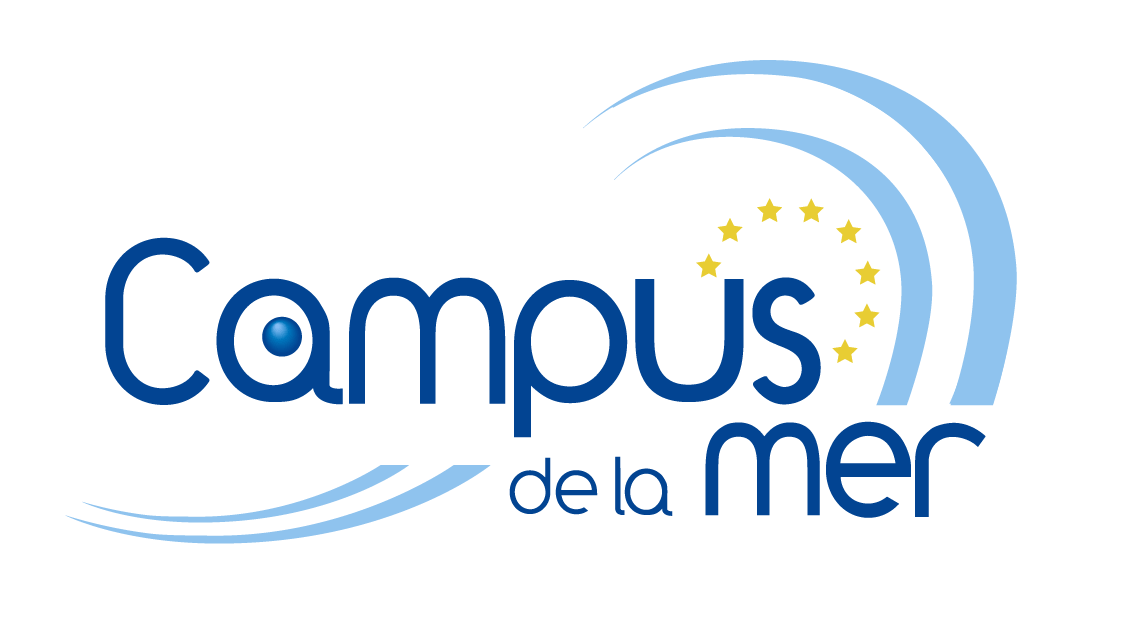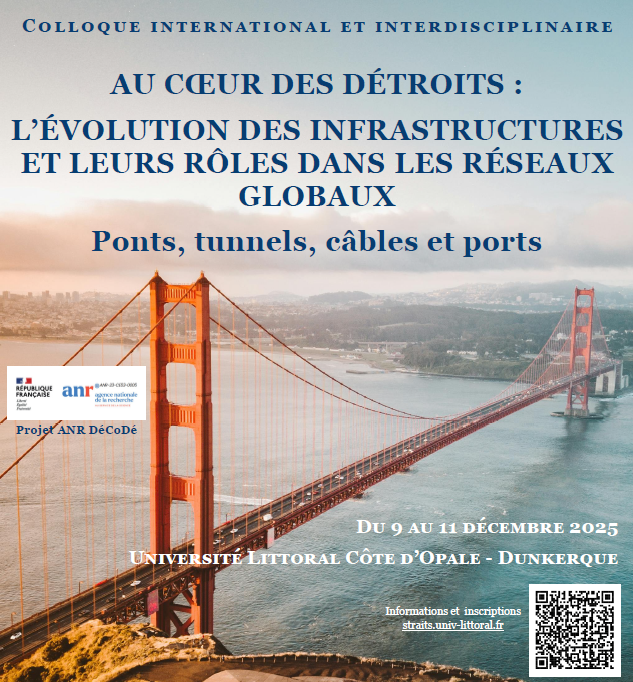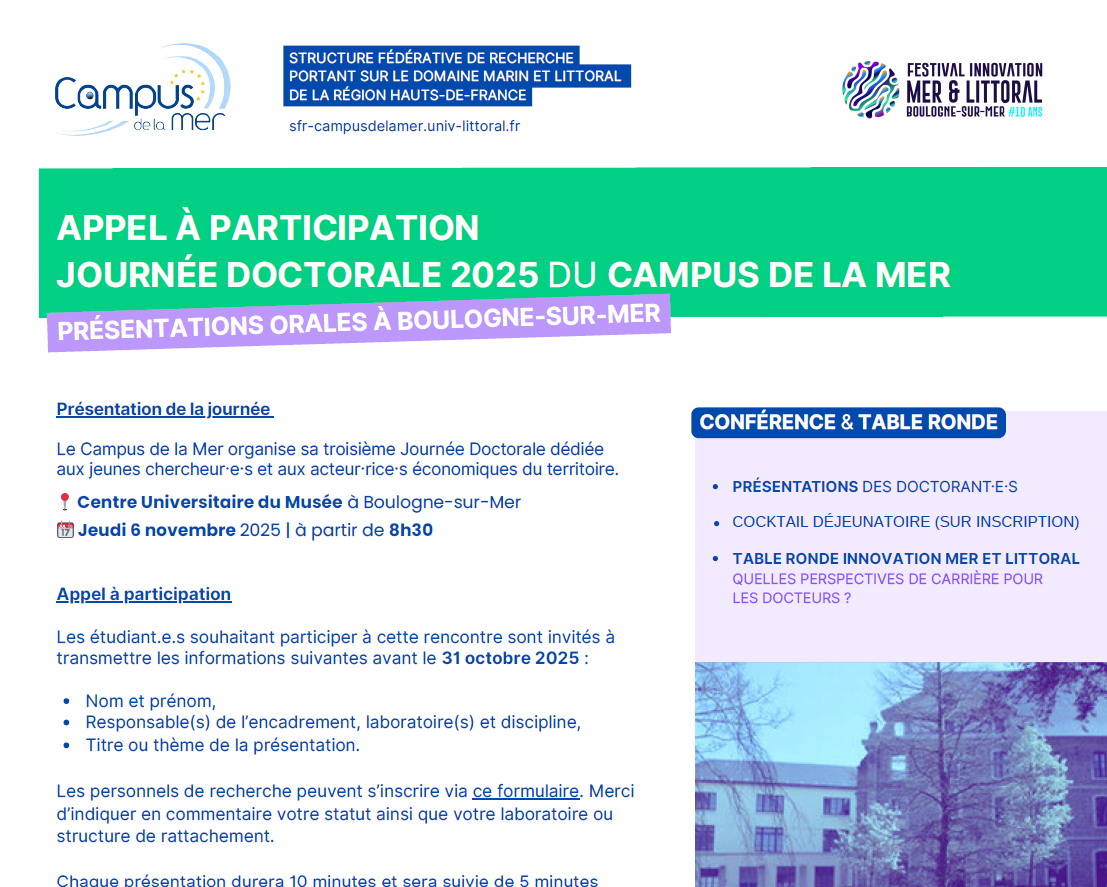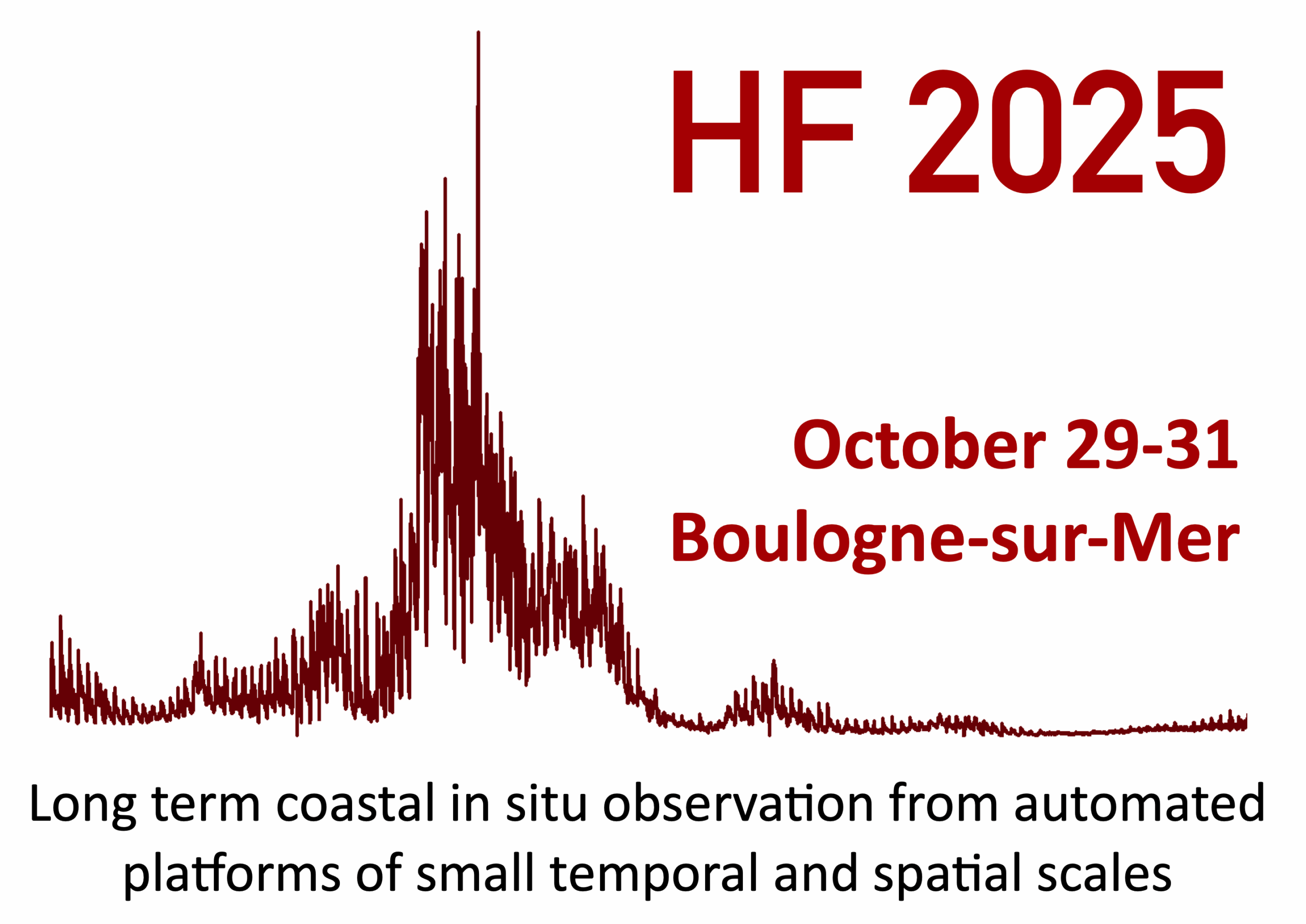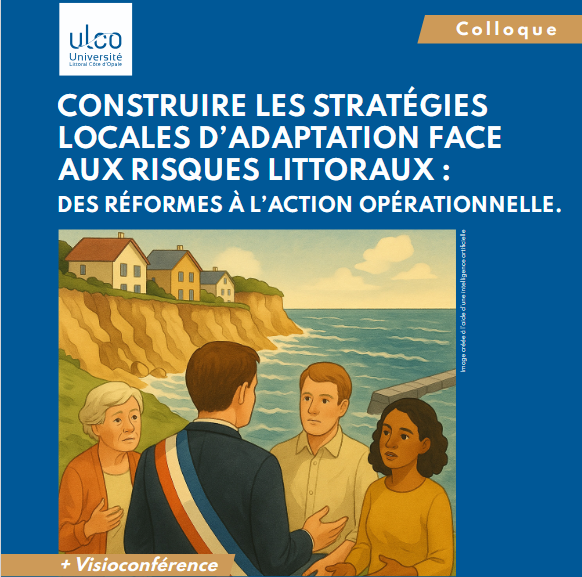Publications écrites
Mougin Julia, Copin Stéphanie, Bojolly Daline, Raguenet Virginie, Robert-Pillot Annick, Quilici Marie-Laure, Graziella Midelet-Bourdin Graziella, Grard Thierry, Bonnin-Jusserand Maryse, 2019. Adhesion to stainless steel surfaces and detection of Viable But Non Cultivable cells of Vibrio parahaemolyticus and Vibrio cholerae isolated from shrimps in seafood processing environments: stayin’ alive? Food Control 102C : 122‑130. https://doi.org/10.1016/j.foodcont.2019.03.024 [ICV (ancien BioEcoAgro, LSA]
Une étude bibliographique a été menée sur les vibrions potentiellement pathogènes pour l’homme, à savoir Vibrio cholerae, Vibrio parahaemolyticus et Vibrio vulnificus.
Les Vibrio sont des bactéries de l’environnement aquatique qui peuvent contaminer les produits de la pêche et présentent donc un risque pour le consommateur. Cette étude rapporte les différentes méthodes de détection actuelles. Les méthodes microbiologiques appliquées font référence à la norme ISO 21872 et au standard de la FDA (FDA-BAM, Chapitre 9). De nombreuses méthodes moléculaires sont également présentées et comparées, telles que la PCR, la PCR en temps réel et la LAMP (loop-mediated isothermal amplification) dérivée de la PCR.
Cette étude a été réalisée grâce à une collaboration entre le département des Produits de la Pêche et de l’Aquaculture du Laboratoire de Sécurité des Aliments (ANSES) et l’ Institut Charles Viollette (ULCO, ULille, UArtois, INRA, YNCREA). Elle a permis de renforcer les liens au sein de l’USC Anses-ULCO.
Le financement provient du CPER MARCO (2014-2020).
Bonnin-Jusserand Maryse, Copin Stéphanie, Le Bris Cédric, Brauge Thomas, Gay Mélanie, Brisabois Anne, Grard Thierry, Midelet-Bourdin Graziella, 2019. Vibrio species involved in seafood-borne outbreaks (Vibrio cholerae, V. parahaemolyticus and V. vulnificus): Review of microbiological versus recent molecular detection methods in seafood products. Critical Reviews in Food Science and Nutrition, 59 (4) : 597‑610.https://doi.org/10.1080/10408398.2017.1384715 [ICV, ANSES-LSA]
Doyen Périne, Hermabessiere Ludovic, Dehaut Alexandre, Himber Charlotte, Decodts Marion, Degraeve Thiefaine, Delord Léna, Gaboriaud Marie, Moné Pauline, Sacco Jade, Tavernier Eric, Grard Thierry, Duflos Guillaume, 2019. Occurrence and identification of microplastics in beach sediments from the Hauts-de-France region. Environmental Science and Pollution Research, 26: 28010–28021.https://doi.org/10.1007/s11356-019-06027-8 https://hal-anses.archives-ouvertes.fr/anses-02558662 [ICV, ANSES-LSA, LOG]
Ce travail a consisté à quantifier la présence de microplastiques sur le sable de trois plages situées le long de la Côte d’Opale en 2017. Ces sites ont été choisis en tenant compte de leur fréquentation par le public et de paramètres environnementaux. Pour chaque site, le sable a été collecté dans différentes zones : haut de la plage, zone partiellement immergée et zone découverte uniquement lors des grandes marées. L’idée était d’étudier l’impact de la zone de prélèvement sur la quantité de microplastiques retrouvés. Des particules et des fibres ont pu être observées, et si possible, elles ont été analysées à l’aide d’un appareil (Py-GC/MS) afin de savoir s’il s’agissait d’un plastique et d’en connaître sa composition. Selon les prélèvements, les quantités allaient de 23.4 ± 18.9 à 69.3 ± 30.6 particules par kg de sable sec. Le nombre de particules sur le haut de la plage de Boulogne-sur-Mer était plus élevé en comparaison avec les autres sites. Pour les particules identifiées comme étant du plastique une majorité correspondait à du polyéthylène (PE) 36,6% et à du polypropylène (PP) 10,7%. Ce projet de sciences participatives constitue une première étude dans le domaine pour les plages de notre littoral.
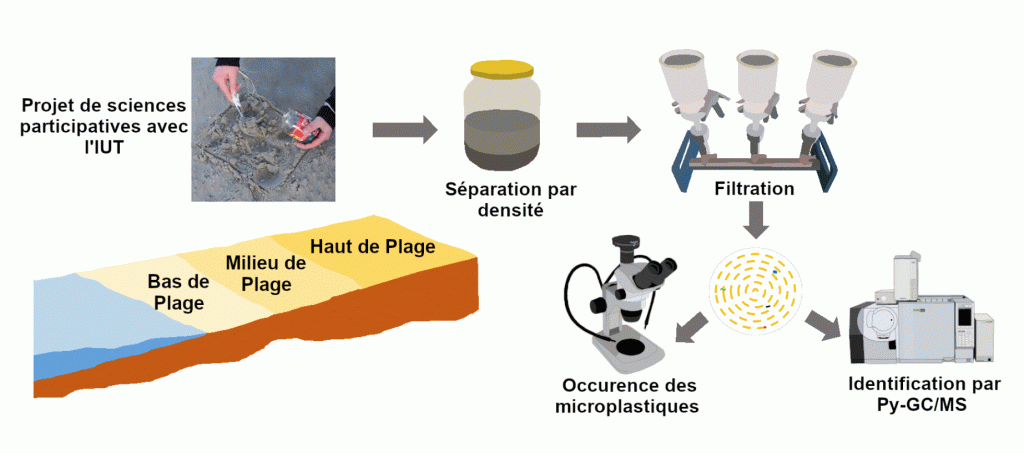
Pan, Yen-Ju, Souissi Anissa, Sadovskaya Irina, Hwang Jiang-Shiou, Souissi Sami, 2019. Egg Hatching Rate and Fatty Acid Composition of Acartia Bilobata (Calanoida, Copepoda) across Cold Storage Durations. Aquaculture Research 50 (2): 483‑489. https://doi.org/10.1111/are.13916[ICV, LOG]
Zidour Mahammed, Belguesmia Yanath, Cudennec Benoit, Grard Thierry, Flahaut Christophe, Souissi Sami, Drider Djamel, 2019. Genome Sequencing and Analysis of Bacillus Pumilus ICVB403 Isolated from Acartia Tonsa Copepod Eggs Revealed Surfactin and Bacteriocin Production: Insights on Anti-Staphylococcus Activity. Probiotics and Antimicrobial Proteins, 11 (3): 990‑998. https://doi.org/10.1007/s12602-018-9461-4 [ICV/LOG]
Zidour Mahammed, Boubechiche Zakia, Pan Yen-Ju, Bialais Capucine, Cudennec Benoit, Grard Thierry, Drider Djamel, Flahaut Christophe, Ouddane Baghdad, Souissi Sami, 2019. Population response of the estuarine copepod Eurytemora affinis to its bioaccumulation of trace metals. Chemosphere 220: 505‑513. https://doi.org/10.1016/j.chemosphere.2018.12.148 [ICV (ancien BioEcoAgro/LOG]
Lefebvre Alain, Poisson-Caillault Emilie, 2019. High resolution overview of phytoplankton spectral groups and hydrological conditions in the eastern English Channel using unsupervised clustering. Marine Ecology Progress Series, 608: 73-92. https://doi.org/10.3354/meps12781 [LERBL/LISIC]
As we move towards shipboard-underway and automated systems for monitoring water quality and assessing ecological status, there is a need to evaluate how effective the existing monitoring systems are, and how we could improve them. Considering the existing limitations for processing numerous and complex data series generated from automated systems, and because of processes involved in phytoplankton blooms, this paper proposes a data-driven evaluation of an unsupervised classifier to optimize the way we track phytoplankton, including harmful algal blooms (HABs), and to identify the main associated hydrological conditions. We used in situ data from a portable flow-through automatic measuring system coupled with a multi-fixed-wavelength fluorometer implemented in the eastern English Channel during a bloom of Phaeocystis globosa (high biomass, non-toxic HAB species). This combination of technologies allowed high resolution online hydrographical and biological measurements, including spectral fluorescence as a means of quantifying phytoplankton biomass and simplifying the phytoplankton community structure inference. An unsupervised spectral clustering method was applied to this multi-parameter high-resolution time series, which allowed discrimination under near real-time of 6 to 33 contrasting water masses based on their abiotic and biotic characteristics. In addition, areas subject to extreme events such as HABs could be precisely identified, so controlling factors or their direct and indirect effects could be hierarchized. Considering the benefits and limitations of such a strategy, future applications of such methods will be important in the context of implementing the Marine Strategy Framework Directive.
Cléach Jérôme, Pasdois Philippe, Marchetti Philippe, Watier Denis, Duflos Guillaume, Goffier Emmanuelle, Lacoste Anne-Sophie, Slomianny Christian, Grard Thierry, Lencel Philippe, 2019. Mitochondrial activity as an indicator of fish freshness. Food Chemistry 287: 38-45. https://doi.org/10.1016/j.foodchem.2019.02.076 [ICV, LSA]
Direct spectral clustering framework was first proposed to extract general pattern events within multivariate time series. This study investigated the way to identify extreme events, i.e. short duration and/or particular events, with no assumption about their emission date, duration and/or shape. A Multilevel Spectral Clustering (M-SC) architecture is proposed and compared with state-of-the-art clustering methods from a simulated manually labeled time series. Due to these promising empirical results, this new deep architecture is applied on marine field data.
Mahe Kélig, Gourtay Clémence, Bled Defruit Geoffrey, Chantre Célina, De Pontual Hélène, Amara Rachid, Claireaux Guy, Audet Céline, Zambonino-Infante Jose-Luis, Ernande Bruno, 2019. Do environmental conditions (temperature and food composition) affect otolith shape during fish early-juvenile phase? An experimental approach applied to European Seabass (Dicentrarchus labrax). Journal of Experimental Marine Biology and Ecology 521 . https://doi.org/10.1016/j.jembe.2019.151239 [LRHBL, LOG]
Di Pane Julien, Joly Léa, Koubbi Philippe, Giraldo Carolina, Monchy Sébastien, Tavernier Eric, Marchal Paul, Loots Christophe, 2019. Ontogenetic shift in the energy allocation strategy and physiological condition of larval plaice (Pleuronectes platessa . PLoS One. 2019; 14(9): e0222261. https://doi.org/10.1371/journal.pone.0222261 [LRHBL, LOG]
Ouvrages et articles dans des livres et actes de conférences publiés (avec ISBN)
Grassi Kelly, Poisson-Caillault Emilie, Lefebvre Alain, 2019. Multilevel Spectral Clustering for extreme event characterization. OCEANS 2019 – Marseille, France. https://doi.org/10.1109/OCEANSE.2019.8867261 [LISIC, LERBL]
Communication orales
Semmling M., Stienne G., Gontharet S., Gerland S., Wickert J., 2019. Estimation of soil moisture and sea ice concentration – a GNSS reflectometry concept. International conference in Global Navigation Satellite System-Reflectometry (GNSS-R), Benevento, Italy, 20-22 may 2019. [LOG-LISIC] https://hal.archives-ouvertes.fr/hal-03115478
Li L-L, Dehaut A, Duflos G, Souissi S, Amara R, Monchy S (2019) Ingestion of microplastics and impacts on gut microbiota in marine bivalves. 2019 International Orchid Conference, Lille (France), 9 – 11 Juillet 2019 [LOG-LSA]
